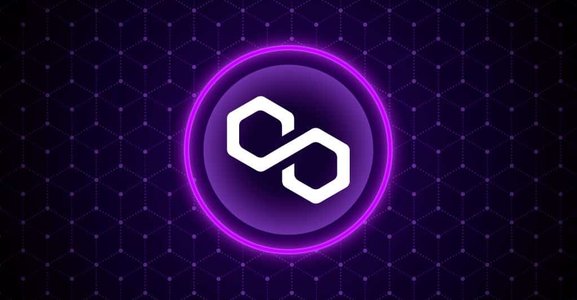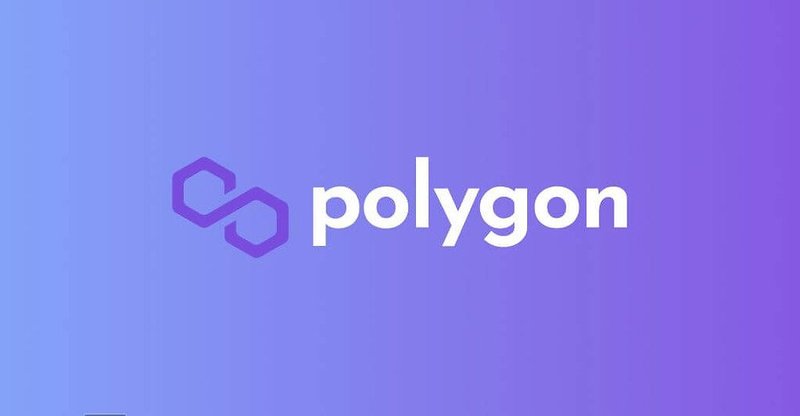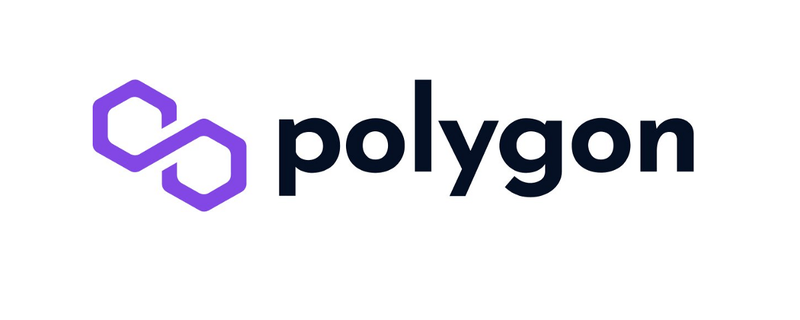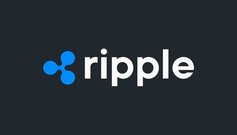Polygon (MATIC)
5 minutes
Advanced
Polygon is a Layer-2 scaling solution for public blockchains. Layer-2 solution means it operates on top of an existing blockchain. It is an Ethereum-based platform that aims to make Ethereum scalable by providing cheaper and faster transactions.
What is Polygon?
Polygon is a Layer-2 solution built on top of the Ethereum network, designed to scale as demand requires. Ethereum, the second largest cryptocurrency, is a Layer-1 blockchain and is the original smart contract platform.
The Ethereum network has become congested due to a sharp increase in demand, resulting in slow transactions and high transaction fees (gas). Ethereum is attempting to address scalability issues through planned upgrades. However, this is unlikely to be sufficient, and scaling solutions such as Polygon will need to make up for the shortfall.
Polygon achieves scalability by using sidechains, which are a type of blockchain. These sidechains work alongside the main blockchain and increase the scalability of the main network.
Polygon attracts developers who build decentralized applications (DApps). DApps are similar to regular applications with a few key differences. They are built on decentralized networks and rely on smart contracts in combination with an external user interface.
Smart contracts are self-executing contracts that automatically perform specific actions after predetermined conditions are met. It can be summarized as an "if-then" protocol. If the conditions are met, then the action is executed. This is written in code and cannot be changed.
How does Polygon work?

The main component of Polygon's architecture that you need to understand is its sidechains.
A sidechain is a blockchain that operates as a transaction network that connects to the main blockchain (Ethereum). This connection allows assets to move between them.
To understand this, imagine Ethereum as the main road for vehicles. Over time, this road becomes congested, so a side road is built to reduce traffic. This side road also has higher speed limits and is connected to the main road, allowing vehicles to cross it at any time. This is how Polygon works with Ethereum.
The Polygon sidechains come in two types: secured and autonomous.
Protected chains rely on the security of the main chain (Ethereum), while autonomous chains are separate blockchains that are compatible with Ethereum but provide their own security. Autonomous chains provide greater flexibility depending on the project's needs.
Sidechains enable Polygon to scale continuously. Polygon's solution for proof of stake validation achieves transaction speeds of up to 7,000 transactions per second (TPS).
If you continue adding sidechains, this transaction speed could theoretically reach one million transactions per second. Ethereum itself has a current transaction limit of 15 transactions per second.
Polygon uses Proof-of-Stake (PoS) consensus mechanism to validate transactions and add them to the blockchain. This contrasts with Bitcoin and other blockchains that use Proof-of-Work (PoW).
POW is a system in which miners compete to mine cryptocurrencies by solving cryptographic algorithms using computer hardware. In POS, instead of miners, "validators" validate transactions in the blockchain. These validators are typically selected randomly based on how many network tokens they have staked in a special pool (node).
In Polygon, validators are selected through a simple network auction. POS is popular because it requires significantly less energy than POW, although supporters of POW argue that their method is more secure.
What are the use cases for Polygon?
Polygon allows for many uses. Here are some of the main ones:
- Payments. Instant and low-cost payments speed up the development of blockchain applications. It also makes the crypto space more user-friendly and increases mass adoption.
- Decentralized finance (DeFi). DeFi is essentially financial solutions carried out without a central authority (banks, governments, and other intermediaries). Essentially, it is a peer-to-peer internet-based financial system based on blockchain technology.
- Blockchain games. Blockchain games are gaining popularity every year. Polygon can improve blockchain-based games due to its high transaction processing speed.
- Non-fungible tokens (NFTs) are digital unique assets that exist on a blockchain and are not interchangeable.
Polygon has already formed a number of impressive partnerships, including NFT partnerships with Instagram, Adidas Originals, Prada, and other major companies.
What are the strengths and weaknesses of Polygon?

Strengths
- High processing speed and transaction fee
- Widely available on cryptocurrency exchanges
- Environmentally friendly because of the PoS system
- Polygon is compatible with the same programming language used in Ethereum, which makes it easier to migrate any Ethereum-based projects to the Polygon network.
- It takes advantage of Ethereum's popularity by offering a better user interface.
- Sidechain's functionality allows it to continuously scale, solving a key problem in the crypto industry.
Weaknesses
- There is a lot of competition from other blockchain and scaling solutions.
- Ethereum has successfully completed its planned move to POS, this may reduce the demand for Polygon.
MATIC
MATIC is the native token of Polygon. Investors can use this token for staking, although MATIC staking occurs on the Ethereum blockchain rather than the main Polygon network. Users can delegate their MATIC tokens to Polygon validators using MetaMask to support the Polygon PoS consensus method.
Users can also use MATIC tokens to participate in network governance through Polygon Improvement Proposals (PIPs). To use MATIC in the Polygon ecosystem, users must pay transaction fees in MATIC. Additionally, as more developers create more DApps on Polygon, the utility of MATIC continues to grow rapidly.
Economic data of the project at the time of writing:
Volume in circulation: 8 858 740 690
Maximum volume: 10 000 000 000
Market capitalization: 7 771 634 210 $
TVL: 6 869 546 254 $
Price: 0,87$
Data from CoinGecko.com



